The Black & White Photography Masterclass that is Ripley
Issue #458 // This TV series is a B&W masterclass / Photography news & deals / What I've been working on
Photography News Roundup
Before we get to Ripley, some photography news updates:
[This newsletter contains some affiliate links.]
New Fastest CFexpress Type B card
At least, on paper. Taiwanese brand Wise has announced a new CFexpress 4.0 Type B Mk-II with speeds up to 3700 MB/s read and 3400 MB/s sustained write. But it's mostly for bragging rights at the moment, because it's a CFexpress 4.0 spec card, which requires that the camera be compatible with CFexpress 4.0 (hint: none are so far).
First 4TB SD Card
SanDisk has announced the first 4TB SD card. But again, it's mostly for bragging rights than anything practical. For two reasons: it's not expected to hit stores until next year, and it's an SDUC card, which requires a device that's compatible with SDUC (i.e., I'm not aware of any SDUC-compatible cameras available yet, even though the spec was introduced in 2018). The theoretical storage ceiling for the SDUC spec is a whopping 128TB.
New Sony ultra-wide-angle lens for full-frame E-mount
The new lightweight and compact wide zoom is called the Sony FE 16-25mm ƒ/2.8 G (SEL1625G). It's highly portable, fast, and weather-resistant. Priced at $1199. Which all makes it an attractive package for Sony full-frame Alpha cameras, especially if you're traveling or looking for a wide-angle carry-around lens. It’s available for preorder with an estimated ship date around May 10.
New 8K 360-degree camera from Insta360
The new Insta360 X4 has up to 8K capture, higher framerates (5.7K60, 4K100), active HDR, and 72MP 360-degree photos. It looks like a slick package. Available now for $499. I would expect GoPro to refresh its dated 360 camera sometime soon.
New firmware for the Ricoh GR III & IIIx
It's a fairly minor update, adding a couple of features that were already included with the new HDF versions: new custom white balance options and a new Zone Select AF option. V.1.91 available from Ricoh’s website.
New firmware for OM System OM-1 and OM-5
It's a stability update that doesn't add any new features or performance. But they have said to expect a slightly meatier update in the fall to improve AF and provide the option to assign the trash button as a menu access shortcut. Download from OM-System’s website.
The Hidden Hand Behind New York Times Magazine photography
Kathy Ryan, the longtime editor of New York Times Magazine, is retiring after 39 years at the magazine. Dana Litovsky has put together a really nice tribute, drawing on the perspectives of several fellow NY Times Magazine photographers.
That story led me to the work of Hiroshi Sugimoto. I’d seen a small portion of his work before at the Sackler Gallery in Washington DC (2009), though that was only a tiny sliver of it. But I was particularly struck by his captures of the American Museum of Natural History dioramas starting in the 1970s, which I hadn’t seen before. A really interesting approach.
Photography Deals
GoPro is running Trade Up deal where you can get $50 off the HERO12 Black if you trade in any old camera. It doesn't have to be a GoPro or even working, so it’s a good opportunity to get rid of some of that old clutter. Ends May 16. Get the deal here.
LensProToGo is offering 20% off camera and and lens rentals arriving by 5/3. Use code LETSGO20 at checkout.
Google Search Tips
If you’re still using Google Search (I switched several years ago), you might have found that it’s become pretty much unusable in the past few years. Trying to find what you’re looking for has become hard. Especially with all the ads and unwanted “features” designed to keep you on Google’s pages so you see more ads (yes, that’s real).
Here are two tips that, while they won’t solve it completely, can help:
-reddit / Add it to the end of your search query. It doesn't just remove Reddit and Quora but a bunch of other clutter too, including mot of the ads and sponsored results.
before:2023 / Add this to the beginning of your search term. It will restrict the results to the days before all the AI-generated junk.
Ripley as a Photography Masterclass
I don’t do movie reviews or review TV shows. And I’m not going to start now. But I do want to talk about Ripley, a stylish new limited series on Netflix.
Because it’s like a masterclass in black and white photography.
No, that’s not a typo. I do mean photography, even though it’s technically cinematography.
There are a few reasons for this. And it’s not just because it’s shot in luscious black and white.
The story is based on Patricia Highsmith’s novel The Talented Mr. Ripley (1955), the first of what became a 5-book series. It’s centered on a conman imposter, Tom Ripley, played brilliantly here by Andrew Scott.
This Netflix version is writer-director Steven Zaillian‘s vision, but it’s beautifully interpreted and captured by cinematographer Robert Elswit. He’s won an Academy Award for cinematography in 2008 for his work on There Will Be Blood.
And quite aside from the story or acting, it’s the photography that has really drawn me in.
As a photographer, I’ve been struck by how its scenes really are just like photos. They’re composed as photos. They’re often taken from a fixed point, with the camera itself rarely moving or zooming or panning.
It’s not just the capture, but also the lighting, something that Elswit is known for. It’s sometimes unexpected, and he does some playful things with shadows, in particular. And not all of it was calculated in advance; they were both very open to happy accidents and letting the remarkable locations create opportunities.
There are complex and unexpected compositions, with frames within frames and very effective use of negative space. There are shadows helping to tell the story. Large apertures are often used to add depth and isolate elements. There are frequent cutaways to small details that help set the context. Reflections on wet cobblestones at night—a classic. And wide shots of grand interiors creating a sense of scale.
And an element I really like and appreciate more after reading some of the explanations by Zaillion and Elswit talk about their creative process, is how much of it was opportunistic. That they’d be choosing some of the shots on the fly when they were on location, not necessarily pre-visualizing it and staging it on a film studio lot. That also reminds me of how many of us photographers work when we’re not in a carefully controlled studio environment.
I thought the whole production was excellent, but if you’re a photographer, it’s well worth watching just for the imagery.
I’ve included a few examples here, but I have more examples in a longer version of this post on my website.
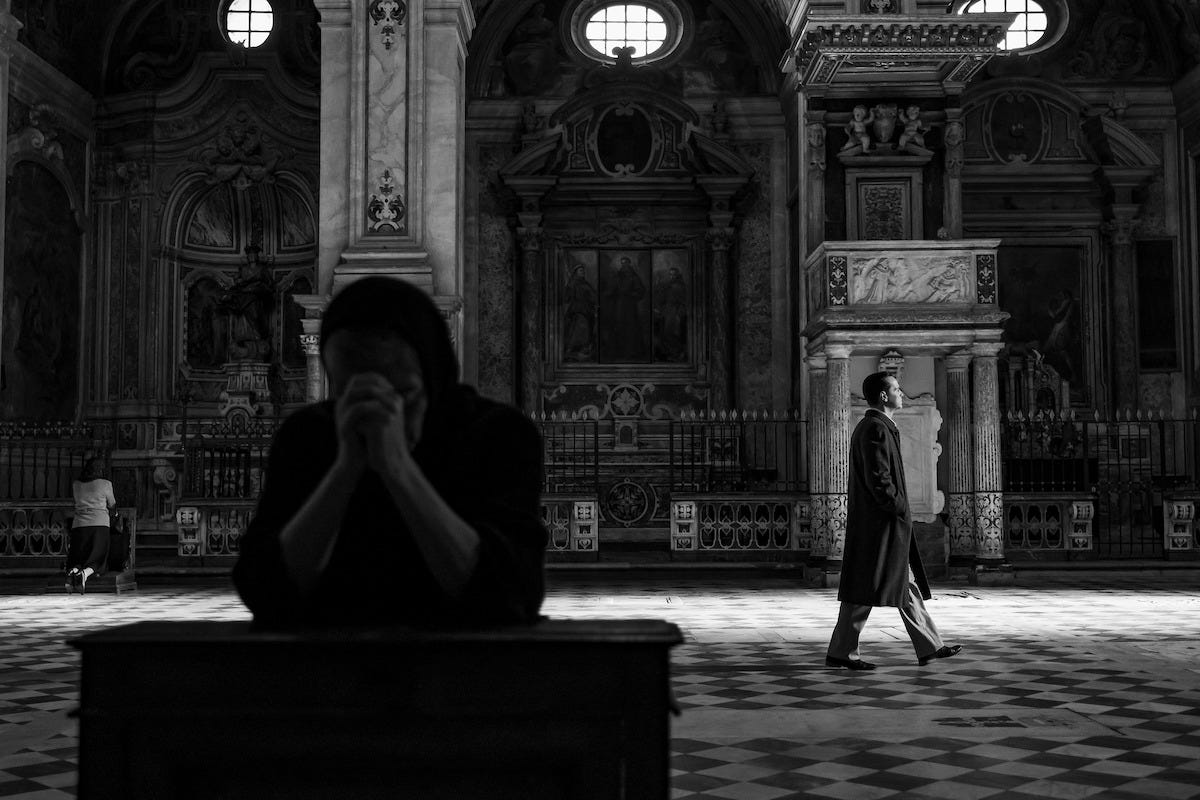
What I’ve Been Working On
I’ve been testing out the Sony a6700 APS-C camera and a few wide-angle lenses on it. Here are some of the posts I’ve put together so far:
ICYMI
Shooting in the Rain
Photography News Roundup Before we get to the rain, some photography news updates: New Nikon superzoom: Z 28-400mm ƒ/4-8





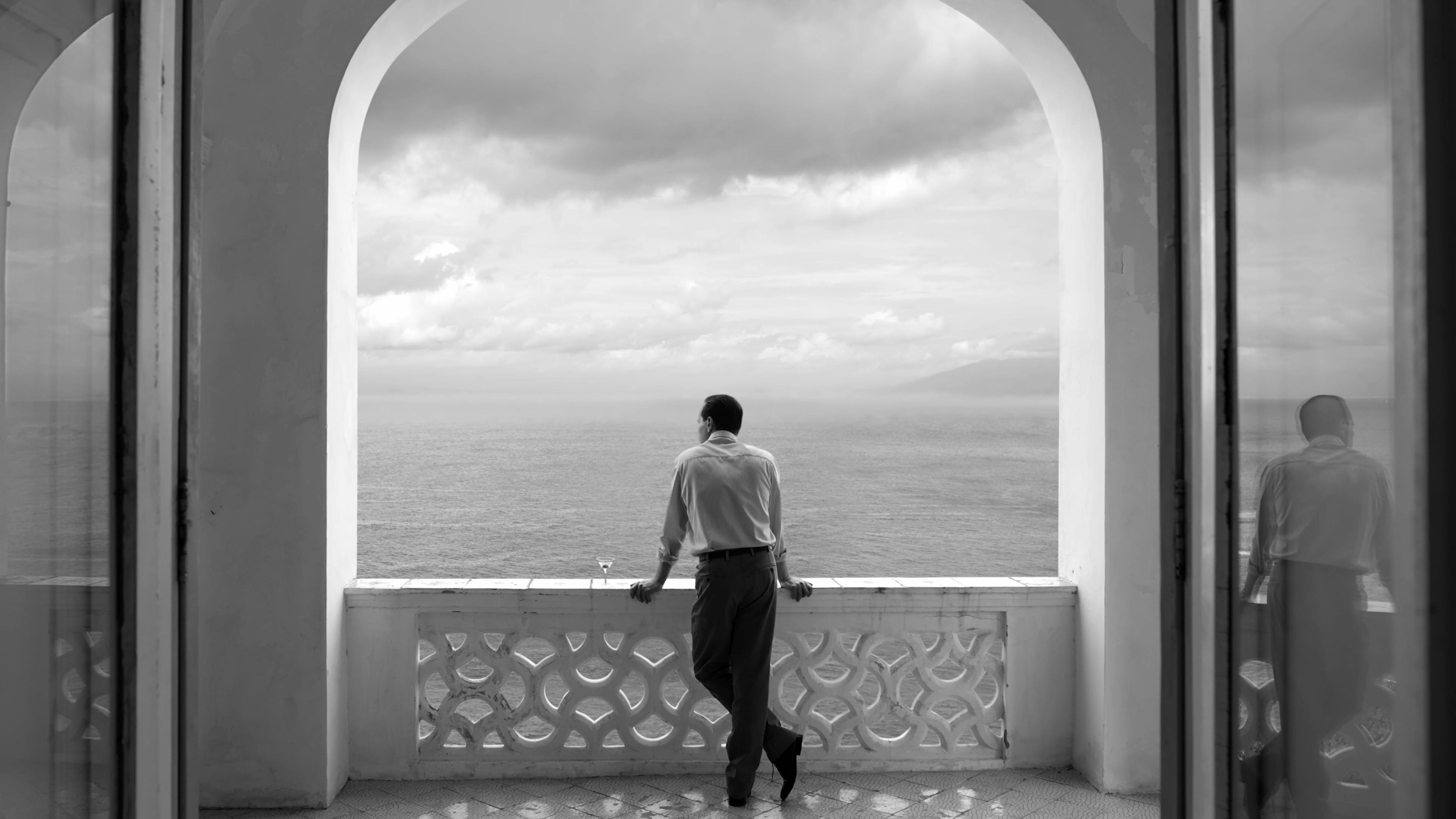
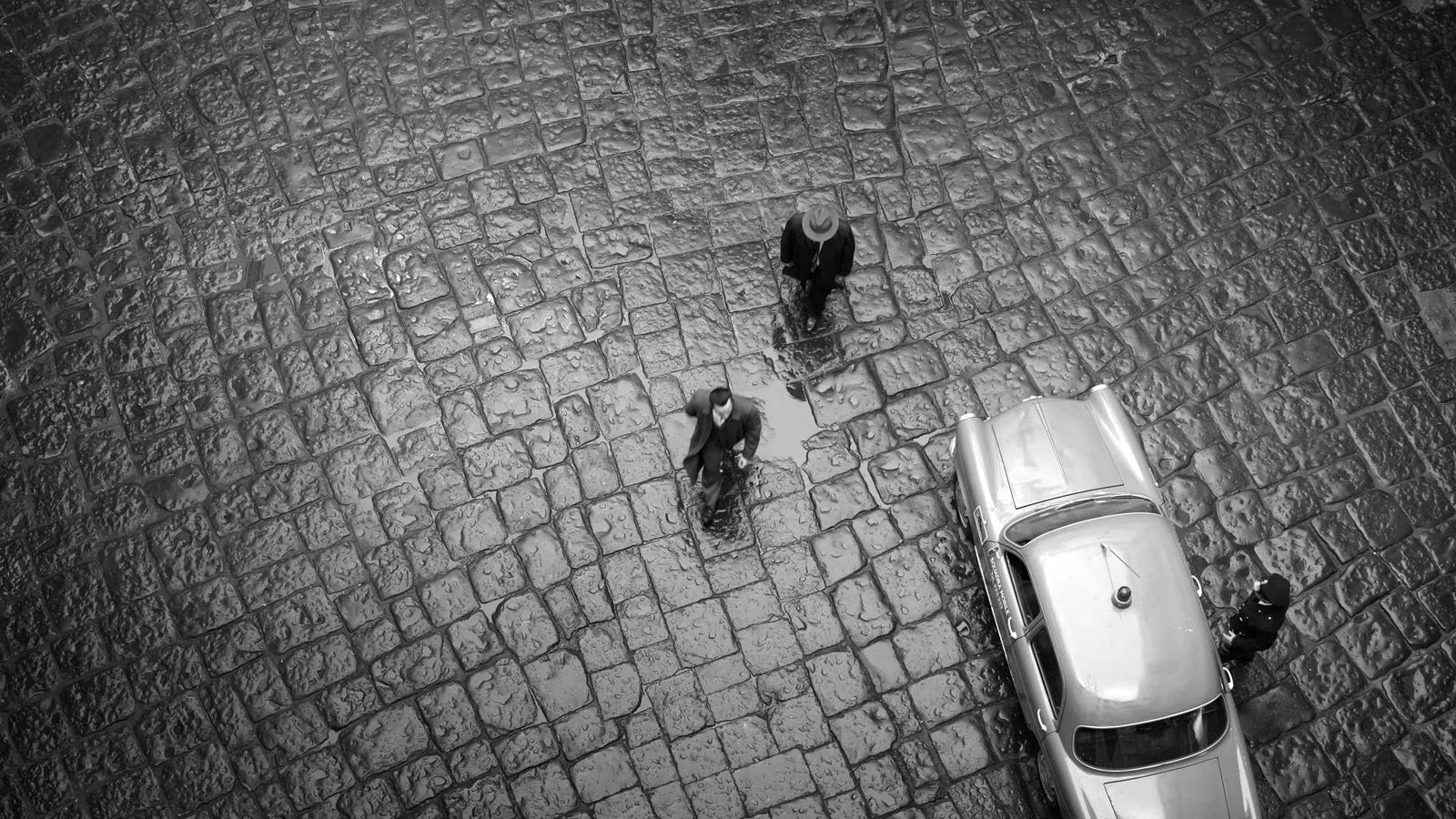
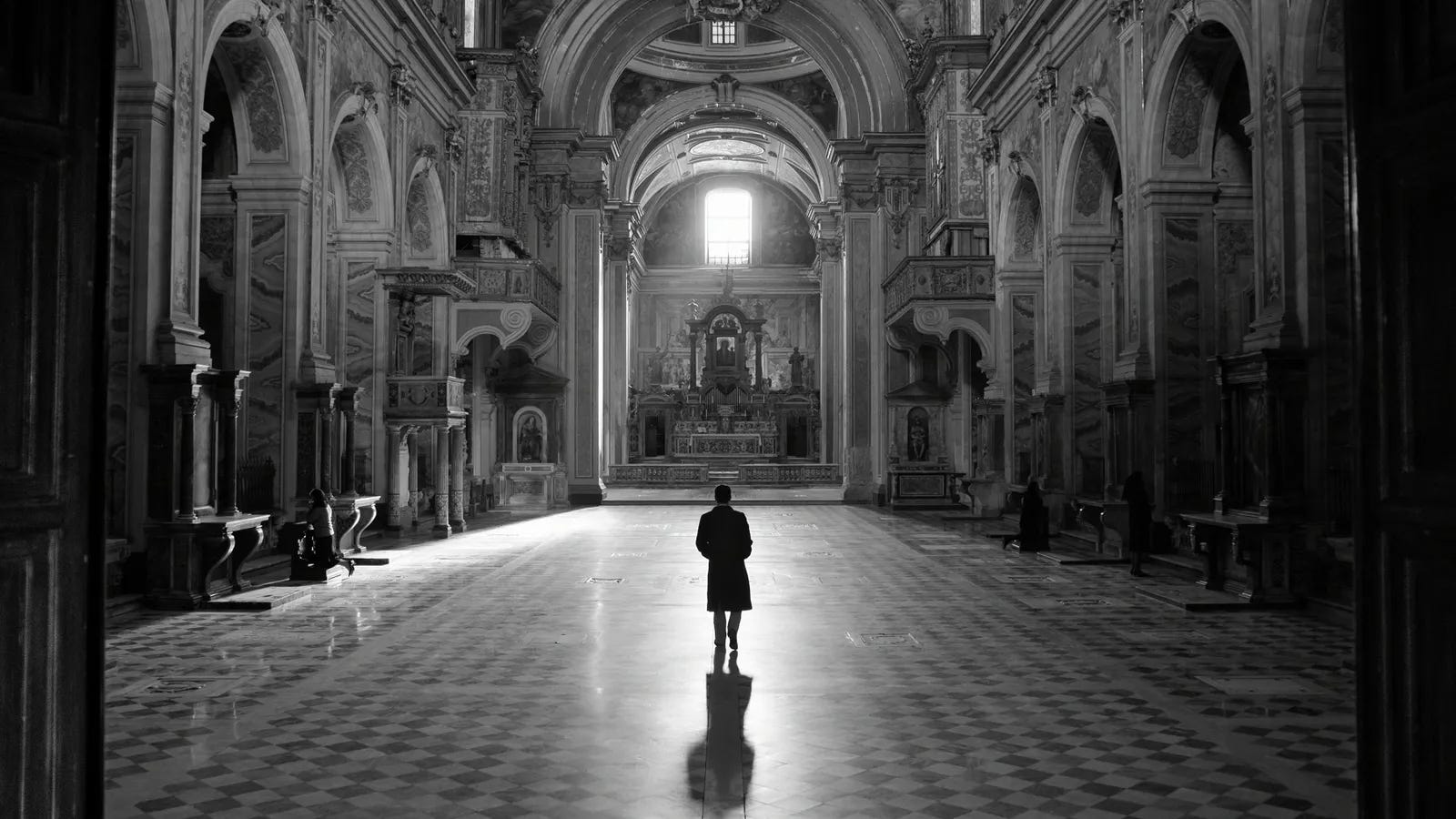
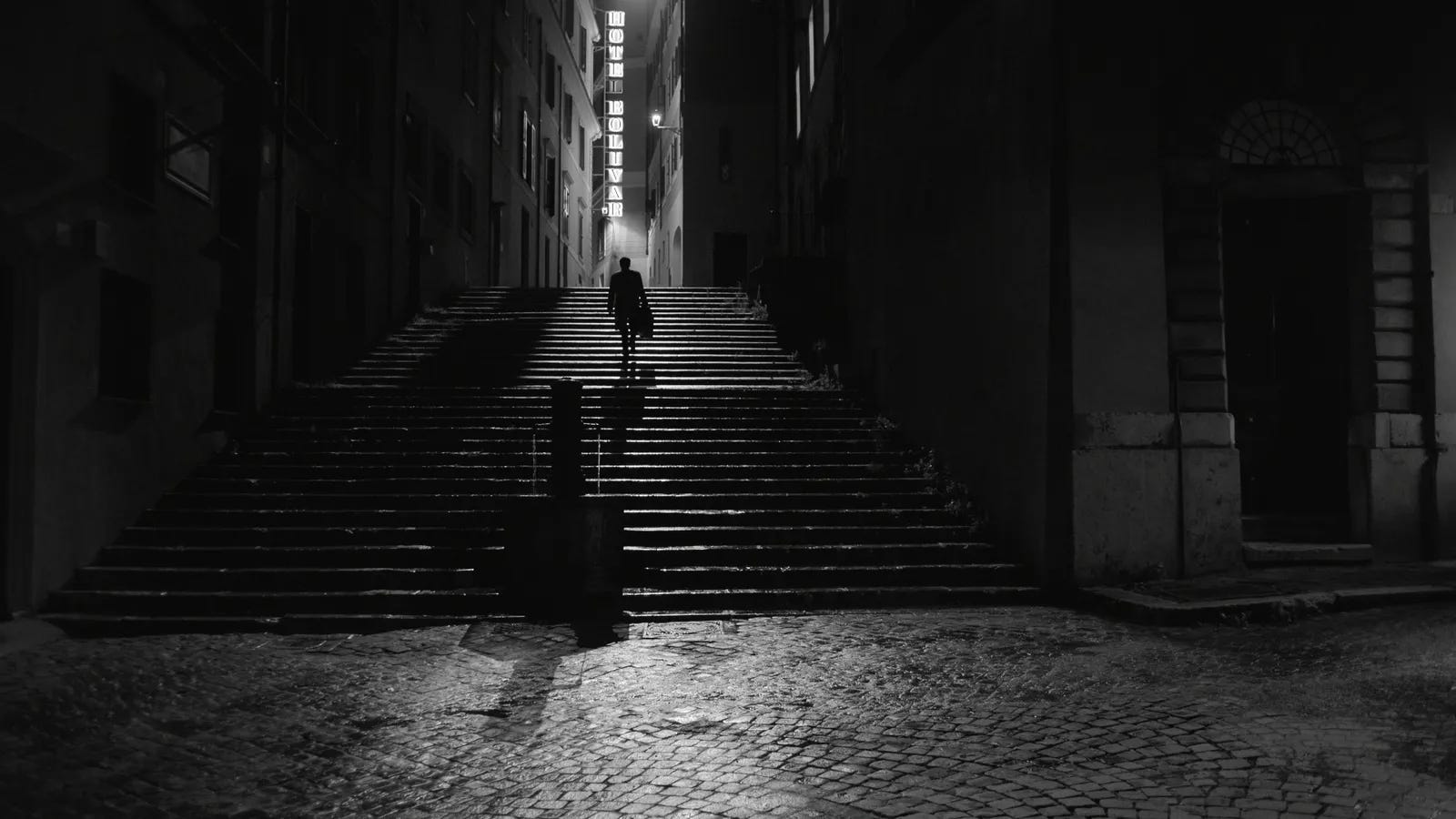


Is Ripley a photographer?, sorry I never used netflix 😕